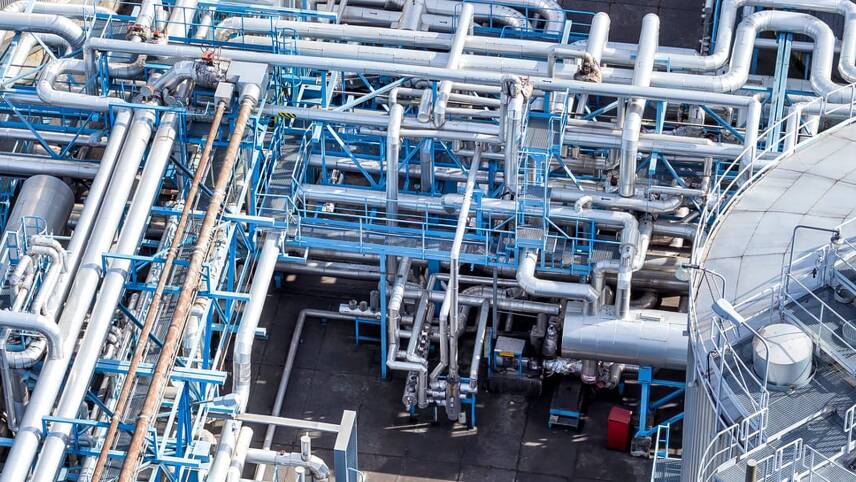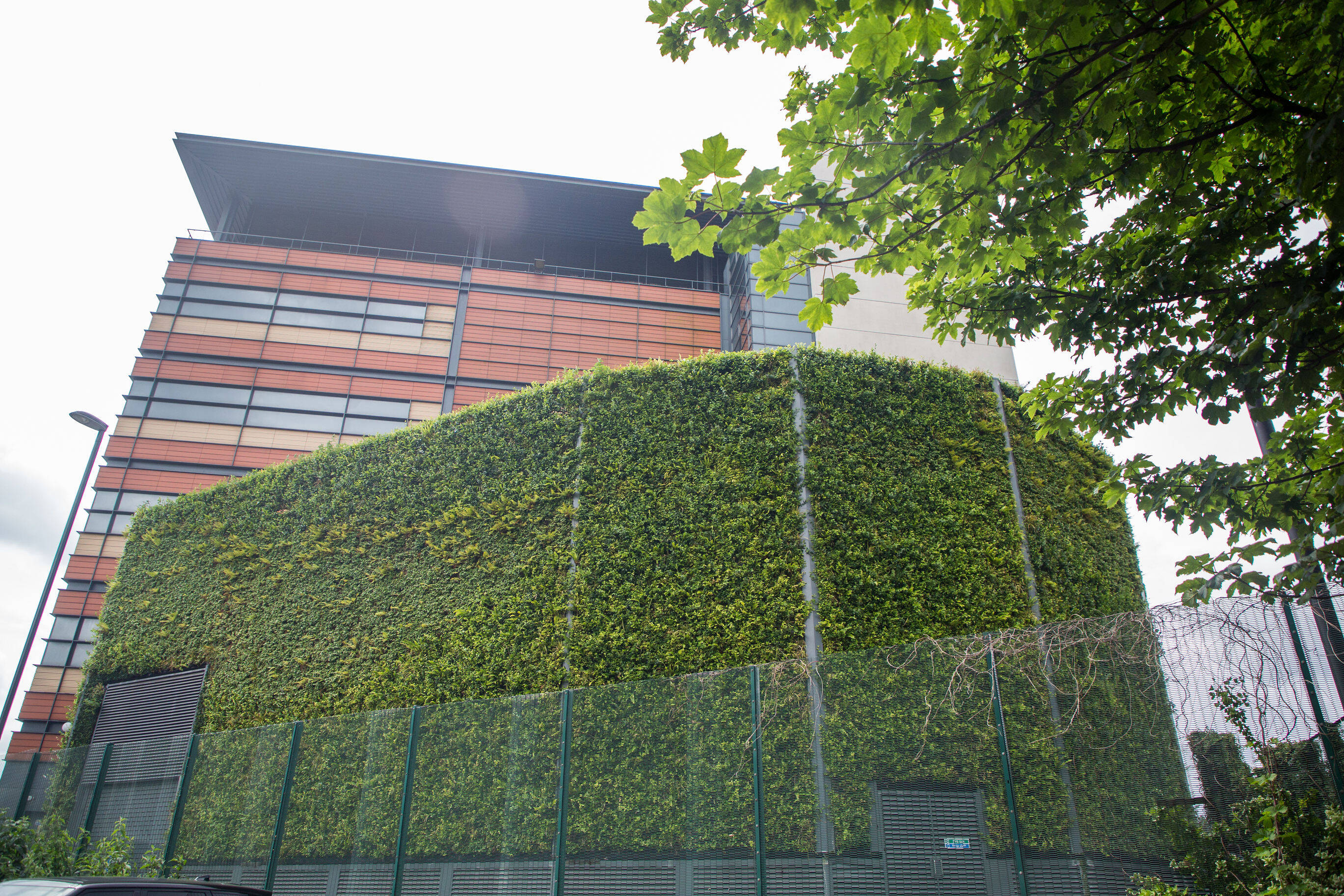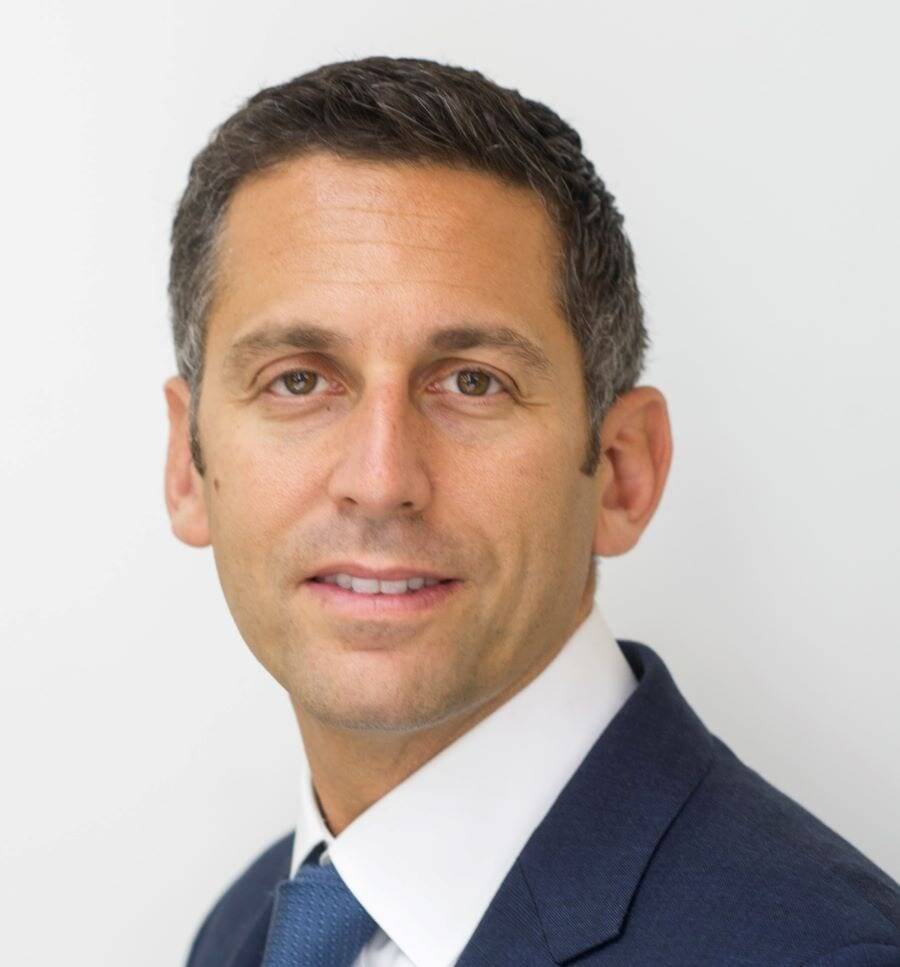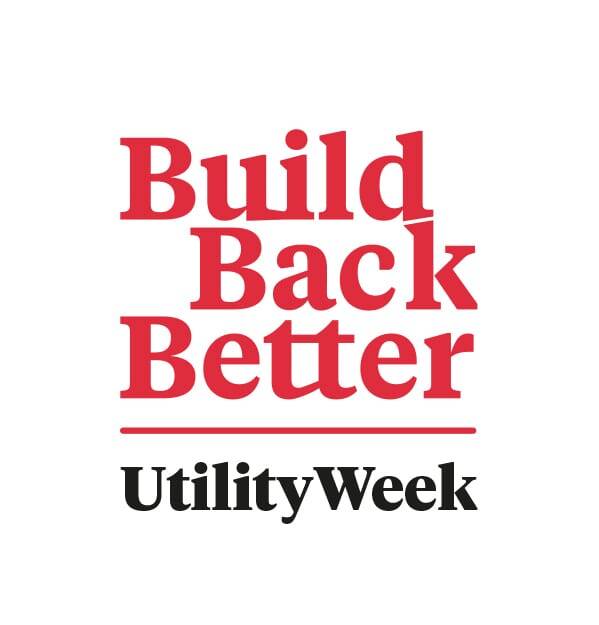You’ve reached your limit!
To continue enjoying Utility Week Innovate, brought to you in association with Utility Week Live or gain unlimited Utility Week site access choose the option that applies to you below:
Register to access Utility Week Innovate
- Get the latest insight on frontline business challenges
- Receive specialist sector newsletters to keep you informed
- Access our Utility Week Innovate content for free
- Join us in bringing collaborative innovation to life at Utility Week Live

As utility companies lead the charge to net zero by 2050 and look to reduce their own energy consumption, Jonathan Maxwell CEO of Sustainable Development Capital, advises how they can harness investment in their own estates to reduce carbon emissions
 Efficiency, performance and productivity are opportunities that we, quite literally, cannot afford to lose, as the world seeks to adjust and recover from a decade defined by a global financial crisis at its beginning, a global pandemic and economic crisis at its end, and an impending climate crisis, that will dwarf the both.
Efficiency, performance and productivity are opportunities that we, quite literally, cannot afford to lose, as the world seeks to adjust and recover from a decade defined by a global financial crisis at its beginning, a global pandemic and economic crisis at its end, and an impending climate crisis, that will dwarf the both.
 The continued deployment of vast sums of capital in clean energy generation will aid the financial recovery and is an important step forward in tackling climate change, but our carbon objectives will not be reached through supply side measures alone. Significant improvements are required in reducing energy demand as well as increasing the efficiency of supply.
The continued deployment of vast sums of capital in clean energy generation will aid the financial recovery and is an important step forward in tackling climate change, but our carbon objectives will not be reached through supply side measures alone. Significant improvements are required in reducing energy demand as well as increasing the efficiency of supply.
In the chancellor’s mini-budget in July he pledged £3 billion to improve efficiency, of which £2 billion will be for a domestic programme and another £1 billion or schools and hospitals. But it’s not just the public and owners of public buildings where vast improvements need to be made, but throughout commerce and manufacturing.
The technology now exists to make significant improvements in the efficiency of equipment within buildings, reducing energy consumption, and also in the supply of decentralised energy generation. These measures serve to reduce energy demand and improve the efficiency of supply – reducing costs and improving profitability.
But how can companies invest in energy efficiency and how can investments stack up financially?
Be more efficient, environmentally and financially
Forty percent of the world’s energy is used in buildings, but more than half of that energy can be lost or wasted in poor generation, transmission and distribution systems – even more once it’s in the building. Those losses account for about a third of global greenhouse gas emissions, more than any other sector. Improving the efficiency of energy intensive products such as air conditioners, refrigerators, lighting and motors is critical in managing future energy demand and the emissions that additional demand will generate.
The good news is that we can use the best available technology today to create most, if not all, of the gains we need in the coming decade. We can reduce the amount of energy that buildings use with more efficient use of electricity, more efficient heating and cooling solutions, more efficient lighting, more efficient industrial processes, and more efficient transportation solutions. Solar panels, engines and turbines using waste gases, natural gas and hydrogen, boilers, heat pumps and batteries can significantly improve the efficiency of the supply of energy to buildings, avoiding the generation and transmission losses associated with the grid. Motors, LED lights, heating, air conditioners, boilers, batteries, building management systems and controls and insulation panels reduce demand for energy in the buildings themselves.
There is no overstating the opportunity here. SDCL is an investment firm that invests in energy efficiency and decentralised generation projects in the UK, Continental Europe, North America and Asia. We took SDCL Energy Efficiency Income Trust (SEEIT) to market in December 2018, becoming the first UK-listed investment fund to invest exclusively in the energy efficiency sector and introducing the opportunity to invest in energy efficiency projects to the public. So far there has been huge appetite from investors for our offering, and since initially raising £100 million in our IPO, we have gained an additional £340m in subsequent fundraisings from a broad range of investors keen to invest in an investment model that offers business a solution to today’s sustainability challenge but also a solution with a strong business case for the savings and profits energy efficiency can provide.
With the proceeds, SEEIT has acquired and manages a portfolio of energy efficiency assets that provide cheaper, cleaner and more reliable energy to commercial and public buildings. Our partners include the NHS, General Electric, Sacyr, Engie, Innio Jenbacher, Rolls Royce, Mitsubishi and ArcelorMittal.
As an example, our onsite generation plant in St Bartholomew’s Hospital in London provides heat and power at an efficiency level of over 80 percent which, if drawn from the grid, could have an efficiency level of below 40 percent Hospitals are usually one of the top two energy users in any country. With the current focus on healthcare and the incredible demand that they put, rightly, on public finances, achieving higher levels of performance, let alone minimum standards of energy efficiency, must surely increase in urgency for the sector. Neither patients nor the climate deserves the wait or the waste.
Likewise, in the private sector, shareholders suffering tight margins should be assured that every measure is being taken to reduce waste related to energy costs and carbon, let alone the costs of emissions or ‘compliance’. We have an agreement with Tesco to install, in partnership with Kingspan Energy, rooftop solar power panels across its estate which deliver onsite power directly to the end user, again significantly reducing the wasteful loss of energy when drawn from the grid. This is a project that has begun in a handful of locations and is planned to be implemented widely throughout Tesco’s large estate.
We also have a portfolio of industrial cogeneration projects in the United States, where waste flue gases and heat from steel production, that would otherwise be polluting the atmosphere, are recycled into turbines, producing power for the steel mills and the surrounding site. The portfolio generates around 298MW of energy but earns renewable energy certificates equivalent to 536MW of solar power production, due to its waste reduction. This project not only has huge benefits in improving efficiency and reducing environmental harm but provides significant cost savings for the companies involved and, as a result, the portfolio has a project development pipeline involving further recycled energy and energy efficiency projects with industrial clients.
One of the largest energy users of this decade is going to be data centres. In certain markets, they will represent the fastest growing and largest user of energy. For example, in Ireland, the transmission systems operator, Eirgrid, estimates that electricity demand from data centres and other large energy users could more than double in the next decade to account for almost 30 percent of the country’s electrical demand by 2028. In Denmark, data centre consumption is set to grow from less than 1percent today to 15percent of total electrical consumption in 2030 according to the Danish Energy Agency.
While the heat generated by traditional power plants supplying the grid is often released at the point of production, onsite generation can capture this heat and repurpose it to more efficiently provide for the thermal requirements of buildings and industrial sites, including data centres, significantly improving the efficiency levels in comparison. This is extremely useful for sites such as our cogeneration project which provides both power and cooling (through heat convection) to Citi’s Riverdale Data Centre in Lewisham. Introducing energy efficiency solutions, both on the supply and the demand side for data centres, which themselves are measured in MWs more often than square feet due to the amount and cost of energy that they use, is a huge opportunity for making significant financial and energy savings.
Finally, for industries across the UK, there are many opportunities to reduce energy wastage and improve efficiency throughout a company’s operations. We also invest in technology which significantly reduces energy demand within buildings, providing more efficient LED lighting, improved insulation, heating and ventilation systems, better air conditioning or updated building controls. These projects can, in turn, reduce energy demand by a further 25percent or more. An example of this is the installation of over 90,000 efficient LED lights to Santander’s entire UK estate of branches and offices, initially 800 buildings, dramatically reducing their energy consumption and carbon footprint.
So what next?
As we seek to recover from the Covid-19 crisis, many are calling on governments to focus on green stimulus. Energy efficiency is likely to get more attention from government in the next decade than the last. The European Commission has put the Green New Deal and, within it, the “Renovation Wave” (also known as energy efficiency) at the heart of its recovery plans. The levels of investment that this seems likely to be able to unlock will make a substantial difference to the focus put on a potentially underestimated or overlooked sector.
However, unlike actions to mitigate Covid-19 so far, actions associated with energy efficiency do not ask society to make sacrifices but instead help reduce costs, improve productivity and strengthen the security of supply to essential services, while delivering the biggest bang for buck from a greenhouse gas emission reduction perspective. The cheapest and cleanest form of energy is the energy that we don’t use.
Jonathan Maxwell is CEO of Sustainable Development Capital and investment manager of the SDCL Energy Efficiency Income trust
Build Back Better Forum
Build Back Better Forum October 20-21 – a digital event to explore the role and shape of utilities in the world beyond coronavirus
Please login or Register to leave a comment.